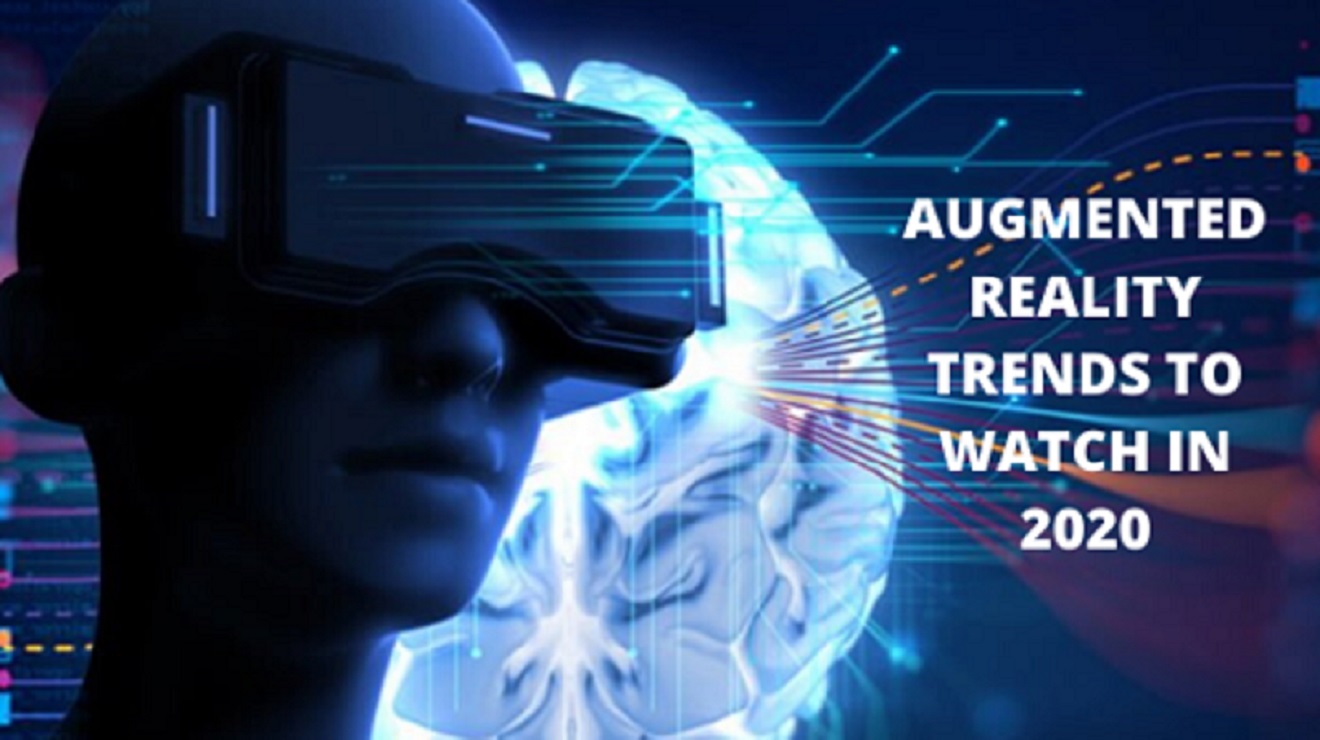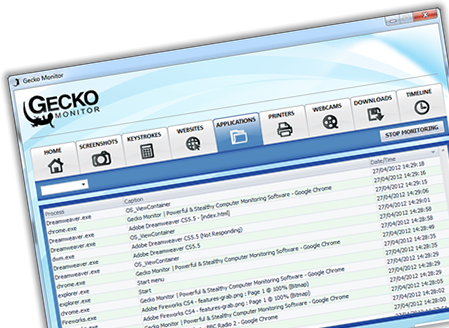Augmented Reality experienced growth in 2019. Commercial support for AR is well placed to be solid, with major tech names such as Microsoft, Amazon, Apple, Facebook, and Google making significant commitments. As of May 2019, the installed user base for mobile devices that support AR had surpassed 1.5 billion. In the augmented reality environment, industry players expect 2020 to be a year qualified by an improvement in the rate of business growth.
Augmented Reality Trends to Watch
A significant part of the new AR developments was highlighted at numerous tech organization events, some of which were attended by our teams, such as the Augmented World Expo and Consumer Electronics Show. These events inspired us to collate these trends for you that will shape the future of augmented reality over the next few years and will inspire you with your innovations.
Trend #1. Mobile Augmented Reality
The 2017 release of Apple’s ARKit and Google’s ARCore software development kits (SDKs) has normalized the development tools and democratized the production of mobile AR apps, resulting in more than double the number of mobile AR-enabled devices, tripling the number of active users over 1.5 years. Once AR was introduced to the smartphone users’ mass audience, Apple consolidated its market share in AR by launching ARKit 2.0 at WWDC 2018, and then ARKit 3.0 at WWDC 2019.
With regards to technology, if not above it, the developments advanced put mobile AR in the same line with headset-based AR. We can still see a major advantage of ARKit over ARCore, but the latter has grown in absolute figures almost 10 times. The installed base of Android devices compatible with ARCore grew from 250 million devices in December 2018 to 400 million devices in May 2019.
Trend #2. Augmented Reality: An innovative Way of Shopping
Based on a Gartner report, in 2020, at least 100 million consumers are expected to use AR-enabled shopping technologies which will become one of this year’s closest retail trends. The boom in mobile devices employing AR means robust and sophisticated technologies now dominate the market. They are now easily used by developers, retailers, and consumers as part of their everyday life.
Several companies have come out for AR shopping in front of customer demand. American Clothing, Uniqlo, and Lacoste have opened showrooms and fitting rooms in virtual reality environments that offer try-before-you-buy options. Smart mirror technologies that scan RFID tags also provide the opportunity to give the brick-and-mortar shopping experience recommendations. IKEA consumers have a way to an app that allows them to point their phones to spaces and see what different items in their own homes will look like.
Trend #3. Augmented Reality & Indoor Navigation
Nearly all of us are known and frequently use Google and Apple’s map services, but what’s even more unexpected is the use of indoor navigation. Navigating via hotels, malls, gas stations, etc. that are hard to find in the daily apps will be of great help. Soon, customers should get to see this technology’s true potential. The following image illustrates performance-wise models in AR navigation and traditional navigation.
Trend #4. AR-powered Solutions for the Enterprises
Nowadays, smart glasses are at a platform where consumer solutions are expected a couple of years off. However, military, medical and enterprise solutions are beginning to confirm the value of combining AR with headsets and smart glasses.
Battery life is one of the major modern headwinds to AR. By showing improvements in raw processing power, battery life, and wear ability, the company hopes to roll out its technology to a great display. The U.S. Army has awarded Microsoft a $480 contract, and the company is also working with the IoT smart devices development industry firm PTC to streamline the of both mixed and augmented reality products.
Trend #5. The Combination of AR and AI
AR and AI may be distinct technologies but they can build wonders together. Object recognition, voice ordering, real-world object tagging, and various other attributes make this combination an extraordinary and unforgettable user experience. It produces a sensitive and multidimensional experience that offers innovation and insight pathways.
Trend #6. WebAR
Chrome AR in Webspace is a much-anticipated commodity. Rather of having to use customized software, users can simply log in to websites provided by AR to access the same features. An unofficial and disabled version of the WebAR code is also made available on GitHub to developers to promote adoption.
Mozilla also partners with WebAR and aims to begin Firefox’s AR solutions. The goal is to make AR adoption considerably more friction-free through the use of web browser audiences’ installed user bases. Web browser offerings from Apple, Samsung and Microsoft are also easy to follow WebAR standards.
Trend #7. Collaborating via Shared Augmented Reality
How much we dismiss, but the lack of presence somehow undermines the importance of voice / conference calls, and this has led to video calls being implemented. For meetings or extensive family talks, it may be just good but not for problem solving. AR solves the problem quickly, thanks to its superimposing function.
Trend #8. Automotive Industry Witnessing AR
AR has changed the car industry significantly. Today, consumers can test their favourite car models and specs such as colour, ground clearance, etc. simply by enforcing their digital picture in a real environment. Using SLAM technology, Simultaneous Localization, and visualization, car traders can project 360-degree perceptions of the vehicle in front of the customer so he / she can walk about as if it were a real car in his / her imagination.
Trend #9. Ever-Evolving Market & innovative business-driven solutions
A few years ago, we saw the development of AR into our worlds. Many corporations started including AR into their businesses. Industries are regularly investing in their research and development to come up with entirely new and cutting-edge technologies for the globe. While 2019 cannot be seen specifically as a ground-breaking year, it would rather be a year that would lead to important and impactful changes. Whereas in the year 2020, the situation could be different with new technologies like ARKit 3.0 and A13 chip in Apple’s I-phone, etc. making their grand entrance.
Conclusion
If we go through the views of specialists and experts in the AR industry, they say that it is necessary to cross USD 25 trillion over the next 4-5 years. Gaming would remain dominant as always, but sectors such as engineering, travel, and real estate could enter the race too. With the evolving times, we should also expect AR to be able to experience full evolution of the entire system, implementation of new hardware and software as well as use cases based on consumer demands and needs.






It is a very informative article and nicely done. Thanks for this writing.
Great article, looking forward for others.